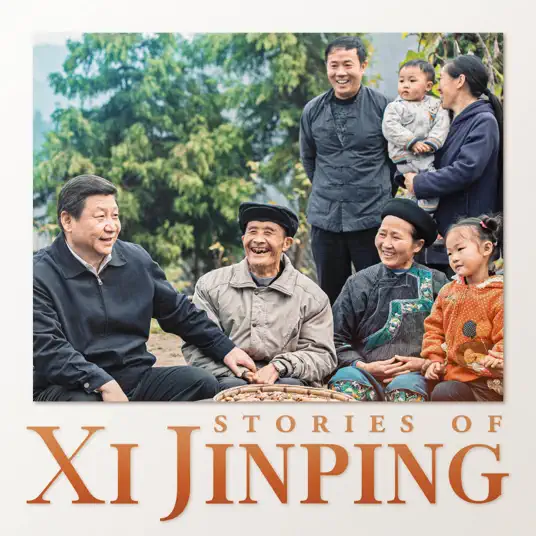אַזערביידזשאַן
די דריט יאָרטאָג פון טאָוווז קלאַשיז און זיין אָנזאָג פֿאַר די אָנגאָינג שלום פּראָצעס צווישן באַקו און יערעוואַן

On 12-17 July 2020, a series of clashes took place between the armed forces of Armenia and Azerbaijan after the former launched a sudden attack against the position of Azerbaijani armed forces with heavy artillery along the state border straddling Azerbaijan’s Tovuz and Armenia’s Tavush regions. This was the first major escalation between the sides since the April War of 2016 and particularly since Nikol Pashinyan took over the political leadership in Armenia in mid-2018. The clashes, involving heavy artillery as well as aerial drones, resulted in the deaths of several military personnel and civilians along with the destruction of infrastructure in the border region, שרייבט וואַסיף הוסיינאָוו.
The Tovuz clashes came on the heels of a series of provocative moves by the Armenian government, in particular, the so-called inauguration of a new leader of the separatist regime in the historical Azerbaijani city of Shusha in May 2020 with the attendance of Armenian Prime Minister Nikol Pashinyan. This had caused a nationwide outrage in Azerbaijan as well as made it clear that the new government of Armenia led by Pashinyan was not willing to return the occupied territories via peaceful means.
Quite the contrary, the occurrence of the Tovuz clashes manifested that his government had the intention to take control over even more territories of Azerbaijan, as manifested earlier by the “new wars for new territories” doctrine of the then Armenian Defense Minister Davit Tonoyan. Tonoyan’s instruction to the Armenian army amidst the Tovuz clashes to “occupy new advantageous positions” reaffirmed the expansive agenda of the Armenian leaders.
Three years after the armed escalation in Tovuz, this event is now widely seen as the harbinger of the Second Karabakh War.
One major lesson the Azerbaijani side drew from the Tovuz clashes was that the imitation of negotiations between the sides due to Armenia’s abuse of the peace process to prolong the status-quo and consolidate its control over the occupied region had to stop. This was manifested, among others, by crowded demonstrations in Baku and intensifying social demand from the government to put an end to the occupation of the Azerbaijani territories.
To the detriment of regional peace and security, the Armenian government refused to adequately react to these developments and enter substantive negotiations to peacefully resolve the conflict. On the contrary, we observed rapid military build-up and militarization of the society by the Armenian leaders. The increased military supplies by Russia to Armenia, a decision by Pashinyan’s government to form a 100,000-strong voluntary army as well as its policy to settle Lebanese-based and other Armenians in the occupied territories of Azerbaijan made it clear that Yerevan was not interested in withdrawal of its troops from Azerbaijani territories.
In the wake of these developments, on 27 September 2020, the Armed Forces of Azerbaijan launched counteroffensive operations and liberated the Azerbaijani territories from the occupation in the course of the war which went down in history as the Second Karabakh War or 44-Day War. Thus, Armenia’s refusal to find a negotiated settlement to the conflict and its ambitions to occupy even more Azerbaijani territories resulted in the death of thousands of people on both sides.
We must learn from the mistakes of the past and make sure that the present peace talks are successful.
Three years after the Tovuz clashes, Baku and Yerevan are again at the edge of the failure in their peace negotiations, albeit in a context that is markedly different from that of 2020. The new round of these negotiations that started a year after the Second Karabakh War have passed through a series of changes and yielded important outcomes that were unimaginable before the 2020 war. The prime minister of Armenia, Nikol Pashinyan, has verbally recognized the territorial integrity of Azerbaijan with Karabakh part of it. There are also commitments made by both sides towards reopening of transportation links as well as delimitation of the state borders.
However, the Armenian government hesitates to formalize their verbal committments in an official peace treaty. The recently intensifying clashes between the armed forces of the two countries along the interstate border, the armed attack against the Lachin checkpoint, the clashes between the Armenia-supported separatist regime and the Azerbaijani side, as well as Armenia’s refusal to completely withdraw its troops from the Karabakh region of Azerbaijan have created a rather unfavorable background for the peace treaty negotiations.
Under these circumstances, the upcoming summit of the two countries’ leaders in Brussels via the mediation of the European Union would be a critical litmus test for the future of the peace process. It is imperative for the sides to make tangible progress towards a peace treaty and sign this document as soon as possible.
שער דעם אַרטיקל:
-

 נאַטאָקסנומקס טעג צוריק
נאַטאָקסנומקס טעג צוריקאייראפעאישע פארלאמענטארן שרייבן צום פרעזידענט בידען
-

 קאַזאַקסטאַןקסנומקס טעג צוריק
קאַזאַקסטאַןקסנומקס טעג צוריקהאר קאַמעראָן ס וויזיט דעמאַנסטרייץ וויכטיקייט פון סענטראַל אזיע
-

 טאַביקקסנומקס טעג צוריק
טאַביקקסנומקס טעג צוריקTobaccogate האלט: די ינטריגינג פאַל פון Dentsu טראַקינג
-

 טאַביקקסנומקס טעג צוריק
טאַביקקסנומקס טעג צוריקדער באַשטימען פון סיגאַרעטטעס: ווי דער שלאַכט צו גיין רויך-פריי איז וואַן
























